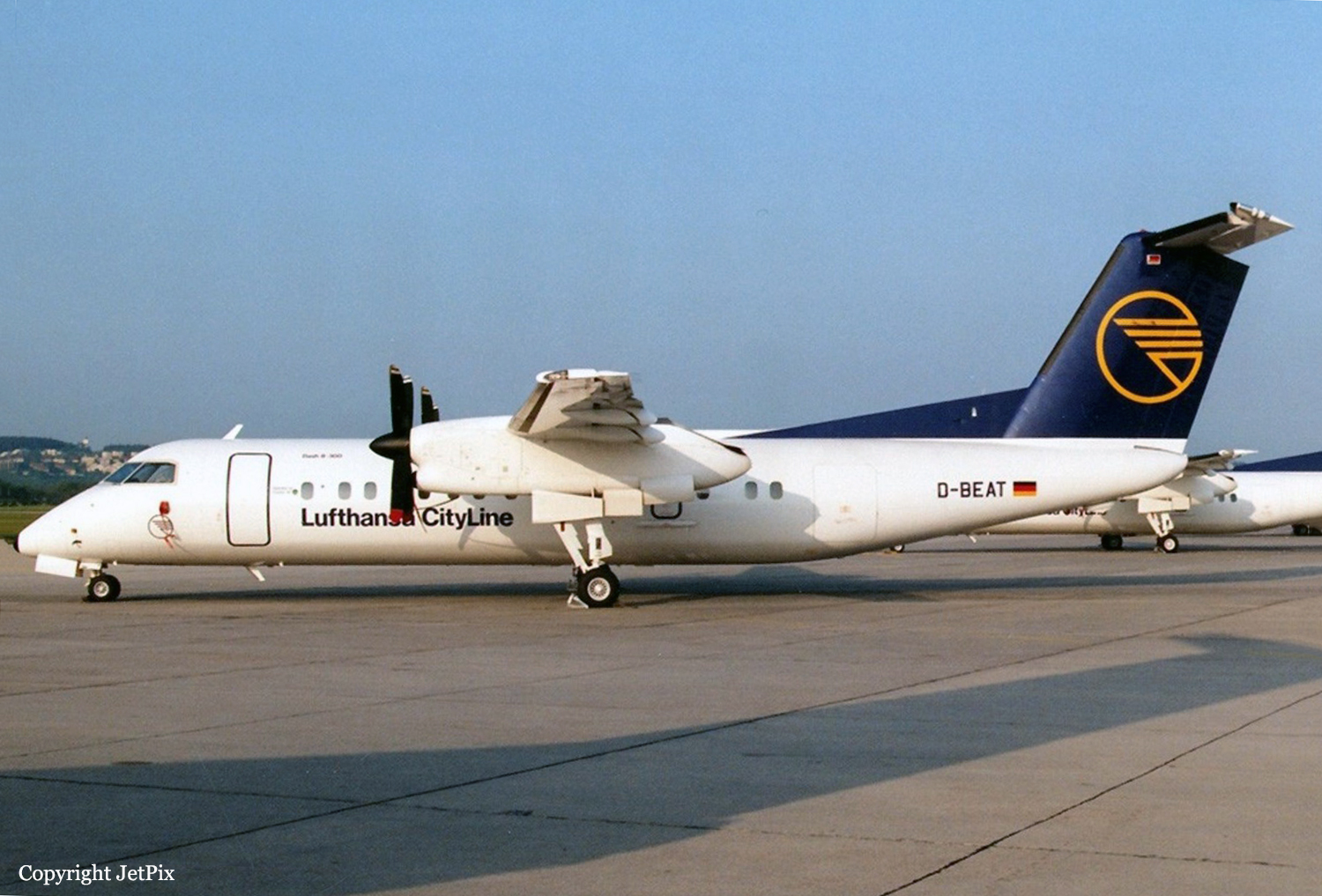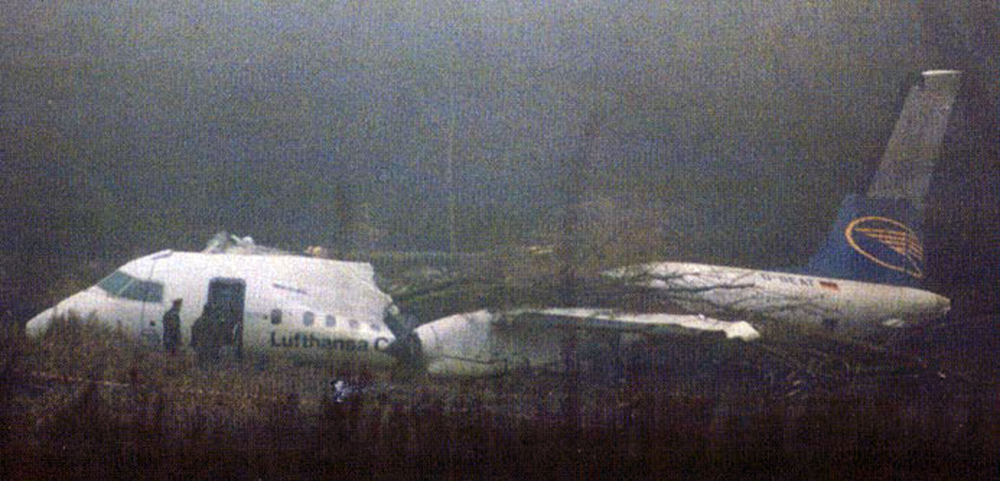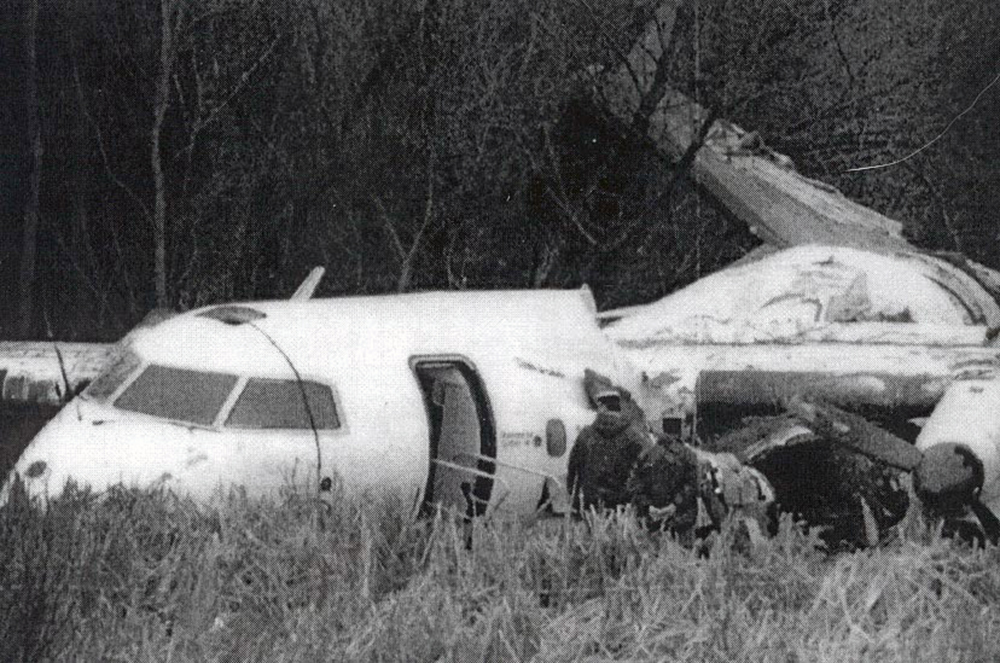Zone
Crash of a Boeing 737-228 in Biarritz
Date & Time:
Mar 4, 1999 at 2010 LT
Registration:
F-GBYA
Survivors:
Yes
Schedule:
Paris - Biarritz
MSN:
23000
YOM:
1982
Flight number:
AF7638
Crew on board:
6
Crew fatalities:
Pax on board:
91
Pax fatalities:
Other fatalities:
Total fatalities:
0
Circumstances:
Air France Flight 7638, a Boeing 737-228, operated on a domestic flight from Paris-Charles de Gaulle Airport to Biarritz. The co-pilot on the flight was Pilot Flying (PF). While en route, about an hour before arrival, the flight crew listened out the ATIS frequency. The latest report mentioned a visibility of 10 km, a headwind of 15 to 30 kt and rain. When descending towards Biarritz the crew obtained an avoidance heading to bypass a thunderstorm cell. The flight was subsequently cleared for an ILS DME Cat I for runway 27. In the four minutes before landing, the visibility was 1500 metres in a squall, wind 6 kt with gusts to 3 kt, its direction changing from 250° to 290°, with variations up to 330°. The Vref is 129 kt and the Vapp 149 kt. The controller cleared the flight for landing and indicated a wind of 250° at 16 kt, gusts to 30 kt and heavy rain. The first officer disconnected the autopilot and autothrottle at an altitude of approximately 1200 ft, while established on the ILS. As the aircraft descended through 1100 feet, the captain was able to see the runway ahead. On short final, the controller reported a wind of 280° at 15 to 30 kt. The aircraft gradually deviated to the left of the centre line. The captain said: "a little to the left". The aircraft then gradually returned to align with the runway centreline. The PF banked the aircraft to the left as it slightly overshot the runway centreline. The aircraft passed the threshold approximately 4 m to the right of the centreline, parallel to it, with its wings horizontal. The PF started the flare with a slight bank to the left. The thrust reduction occurred a few seconds later. The left main gear touched the runway first at an indicated airspeed of 148 kt, while the aircraft was 12 m to the left of the runway centreline. The aircraft moved 7 m to the left, rolling on the only left main gear for about two seconds. The PF used the control column and the rudder pedals to steer the airplane to the right. The right main gear touched the runway while the left wheels were about 3 m from the edge of the runway. The PF corrected the trajectory using the rudders, without using the full amplitude. The aircraft exited the runway on the left at a speed of 133 kt. The nose gear struck the concrete support of a light and broke. The right gear was damaged and the aircraft rolled approximately 400 m off the runway and came to rest near the runway, 1150 m from the threshold.
Probable cause:
The pilot flying experienced wind rotation below decision altitude without being aware of the crosswind corrections to be made during the flare. He did not have the necessary availability to analyse the reasons for the destabilisation in the short final. Without communication within the crew, the PF acted alone, with few external markers and found himself overloaded during touchdown. The slope of the runway also limited the forward visibility of the pilots.

Crash of a Boeing 747-131 off East Moriches: 230 killed
Date & Time:
Jul 17, 1996 at 2031 LT
Registration:
N93119
Survivors:
No
Schedule:
New York – Paris
MSN:
20083
YOM:
1971
Flight number:
TW800
Crew on board:
18
Crew fatalities:
Pax on board:
212
Pax fatalities:
Other fatalities:
Total fatalities:
230
Captain / Total hours on type:
5490.00
Copilot / Total hours on type:
4700
Aircraft flight hours:
93303
Aircraft flight cycles:
16869
Circumstances:
On July 17, 1996, about 2031 eastern daylight time, Trans World Airlines, Inc. (TWA) flight 800, a Boeing 747-131, N93119, crashed in the Atlantic Ocean near East Moriches, New York. TWA flight 800 was operating under the provisions of 14 Code of Federal Regulations Part 121 as a scheduled international passenger flight from John F. Kennedy International Airport (JFK), New York, New York, to Charles De Gaulle International Airport, Paris, France. The flight departed JFK about 2019, with 2 pilots, 2 flight engineers, 14 flight attendants, and 212 passengers on board. All 230 people on board were killed, and the airplane was destroyed. Visual meteorological conditions prevailed for the flight, which operated on an instrument flight rules flight plan. The investigation revealed that the crash occurred as the result of a fuel/air explosion in the airplane's center wing fuel tank (CWT) and the subsequent in-flight breakup of the airplane. The investigation further revealed that the ignition energy for the CWT explosion most likely entered the CWT through the fuel quantity indication system wiring; neither the ignition energy release mechanism nor the location of the ignition inside the CWT could be determined from the available evidence. There was no evidence of a missile or bomb detonation.
Probable cause:
An explosion of the center wing fuel tank (CWT), resulting from ignition of the flammable fuel/air mixture in the tank. The source of ignition energy for the explosion could not be determined with certainty, but, of the sources evaluated by the investigation, the most likely was a short circuit outside of the CWT that allowed excessive voltage to enter it through electrical wiring associated with the fuel quantity indication system. Contributing factors to the accident were the design and certification concept that fuel tank explosions could be prevented solely by precluding all ignition sources and the design and certification of the Boeing 747 with heat sources located beneath the CWT with no means to reduce the heat transferred into the CWT or to render the fuel vapor in the tank non flammable.
Final Report:
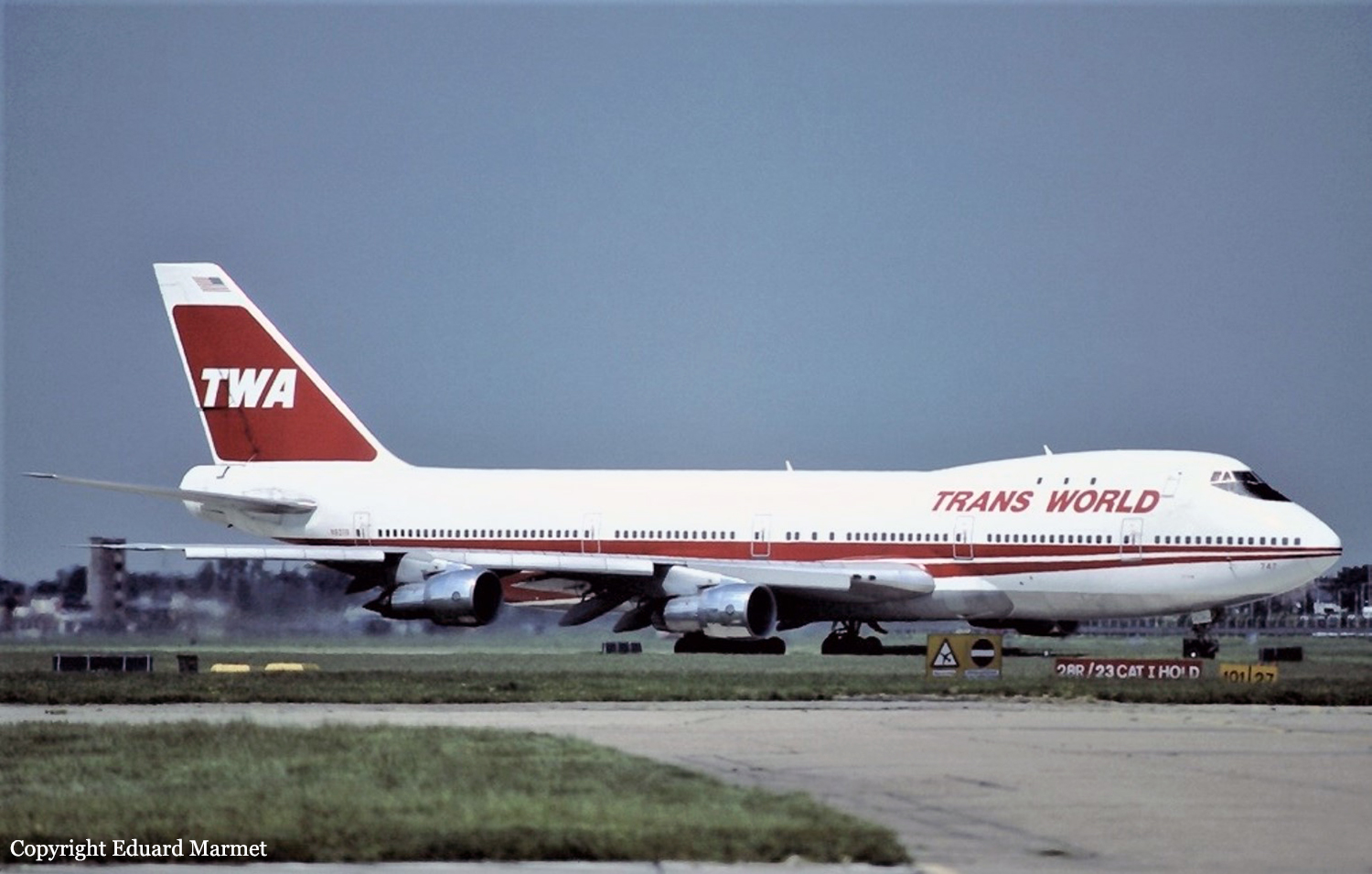

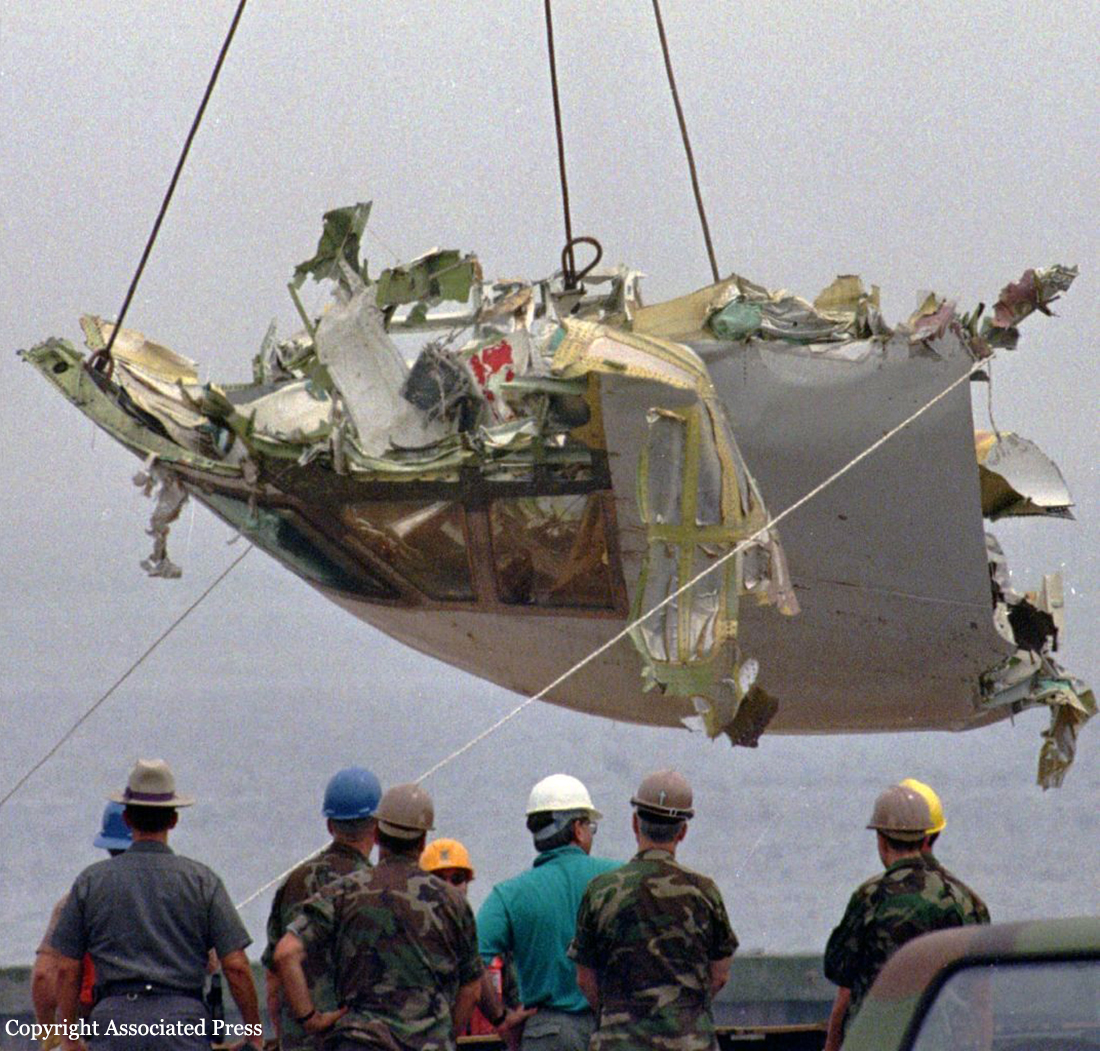
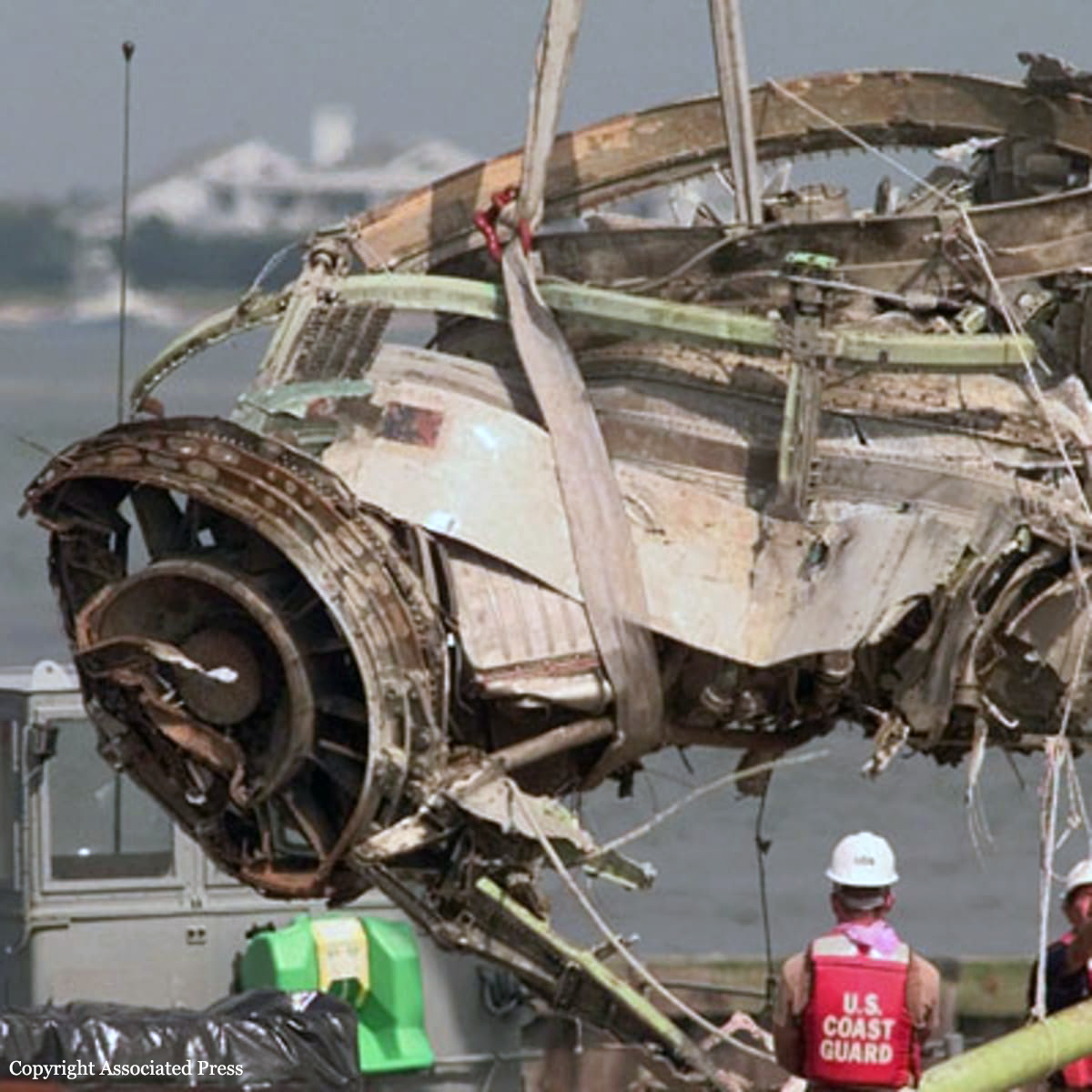


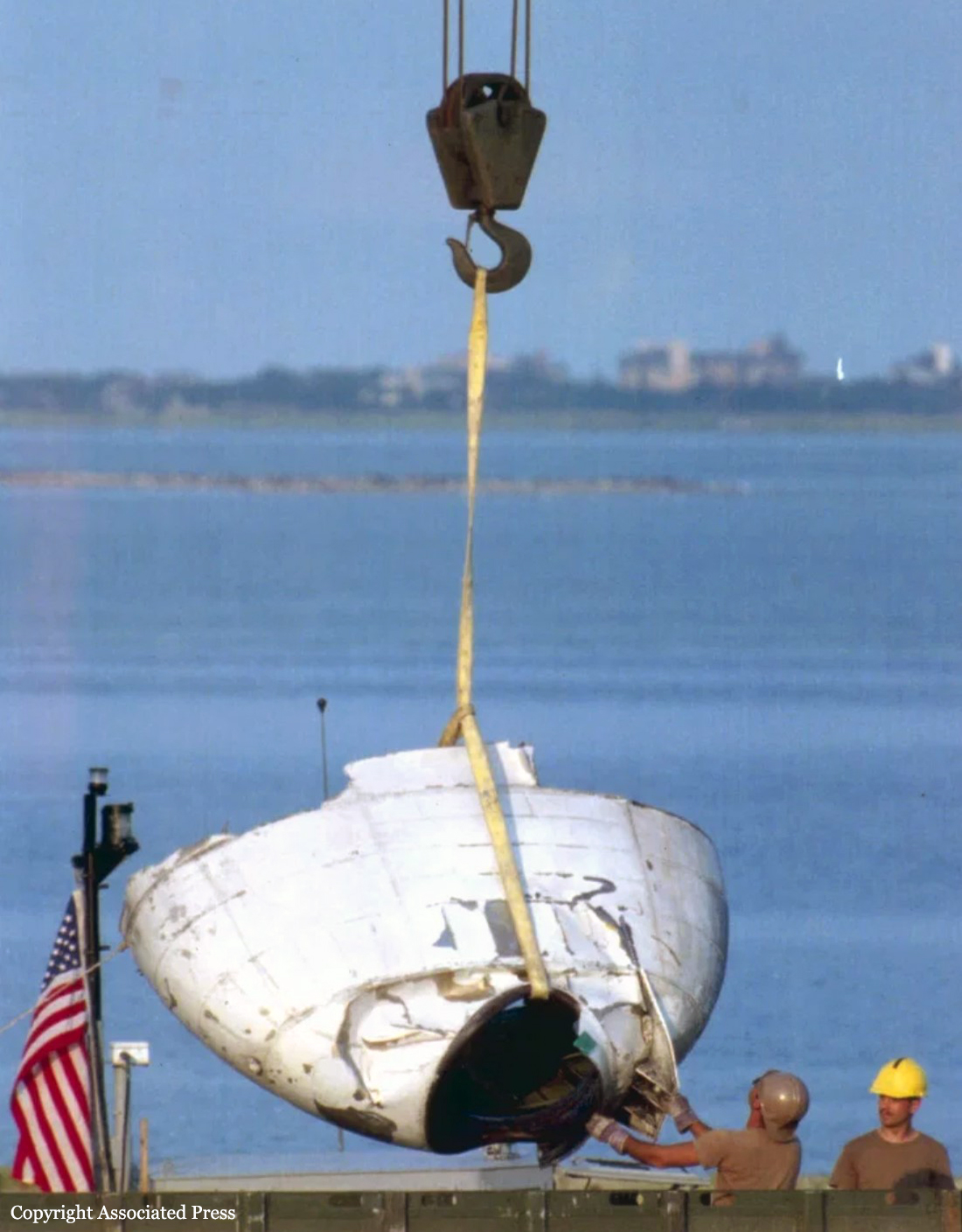


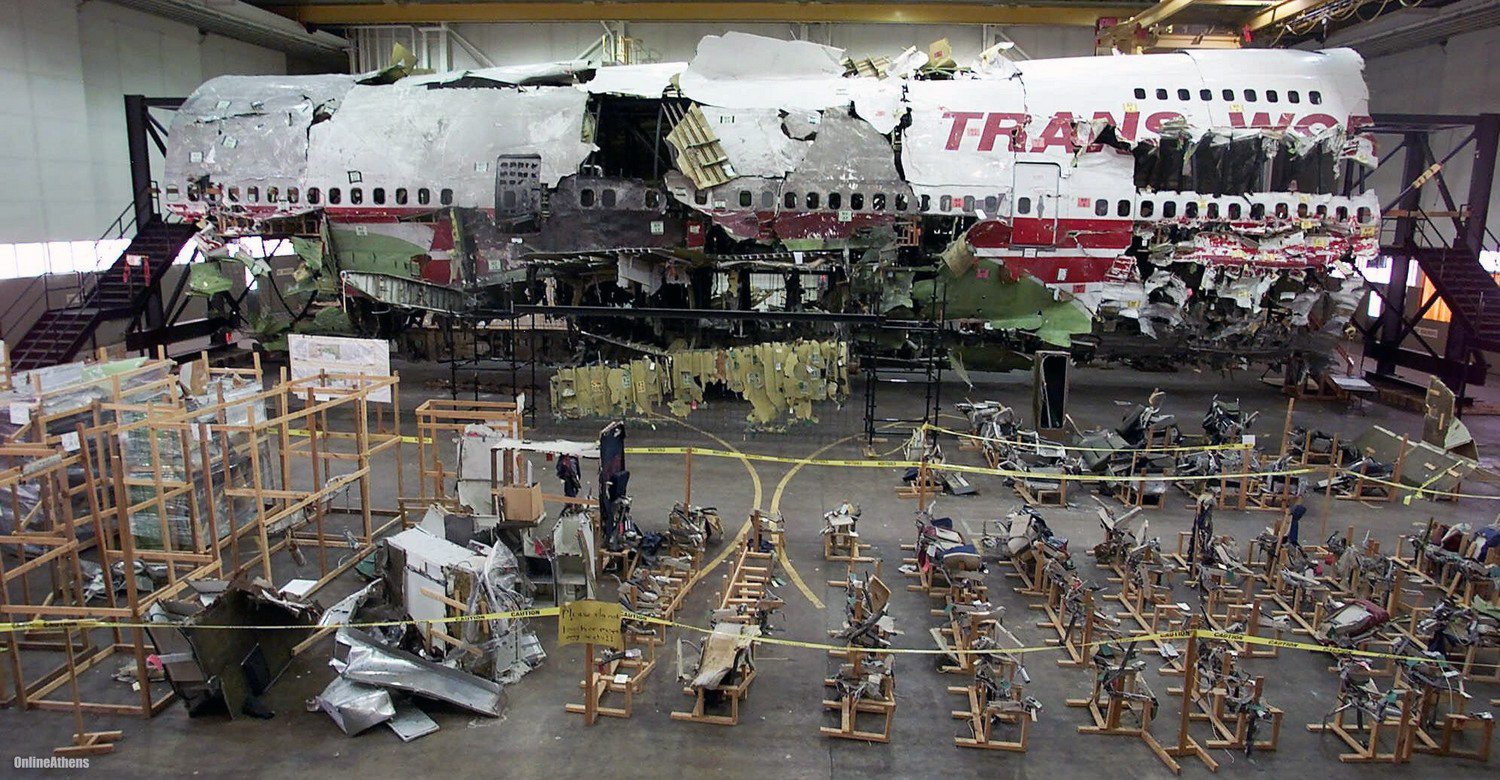
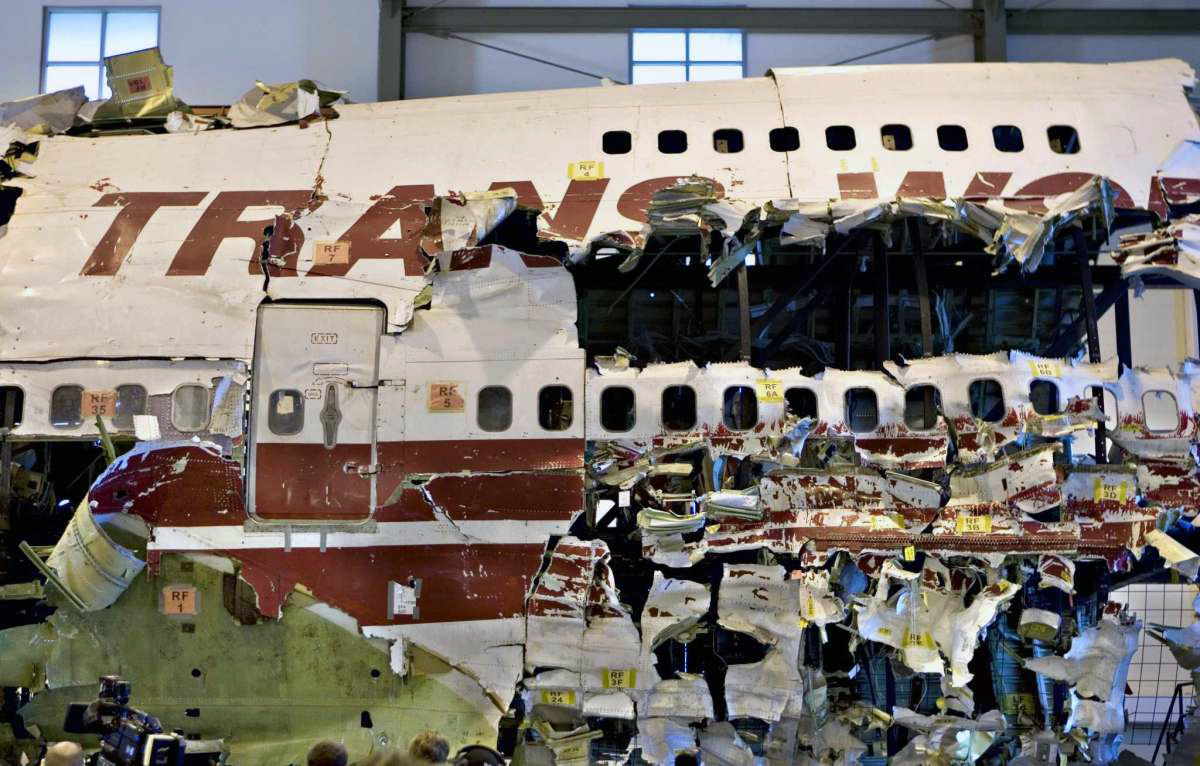
Crash of a De Havilland DHC-8-311 in Paris: 4 killed
Date & Time:
Jan 6, 1993 at 1920 LT
Registration:
D-BEAT
Survivors:
Yes
Schedule:
Bremen - Paris
MSN:
210
YOM:
1990
Flight number:
LH5634
Crew on board:
4
Crew fatalities:
Pax on board:
19
Pax fatalities:
Other fatalities:
Total fatalities:
4
Captain / Total hours on type:
2003.00
Copilot / Total hours on type:
293
Aircraft flight hours:
5973
Circumstances:
While approaching Paris-Roissy-CDG Airport by night, at a distance of 13 km from runway 27 threshold, the crew was instructed by ATC to modify the approach trajectory and to descent to runway 28. This late request was necessary because runway 27 was just closed to traffic after a Korean Air B747 contacted the runway surface with its engine n°1. While completing a left turn, the airplane lost height and crashed in a field located 1,800 metres short of runway. Four passengers were killed while 19 other occupants were injured. The aircraft was destroyed. At the time of the accident, the visibility was reduced between 700 and 1,400 metres due to light fog and rain. The copilot was in command and it is believed the crew was disturbed by the late runway change. While on descent heading 265°, 100 seconds before FDR stopped recording, at an altitude of 1,600 feet and a speed of 170 knots, both engine torques were at 20%. Twenty seconds later, both engines torque dropped to zero and the automatic pilot system was deactivated. At this time, the flaps were retracted. The sink rate increased then the aircraft entered a nose-up attitude with its speed decreasing. The aircraft struck the ground at a speed of 110 knots and crashed.
Final Report:
